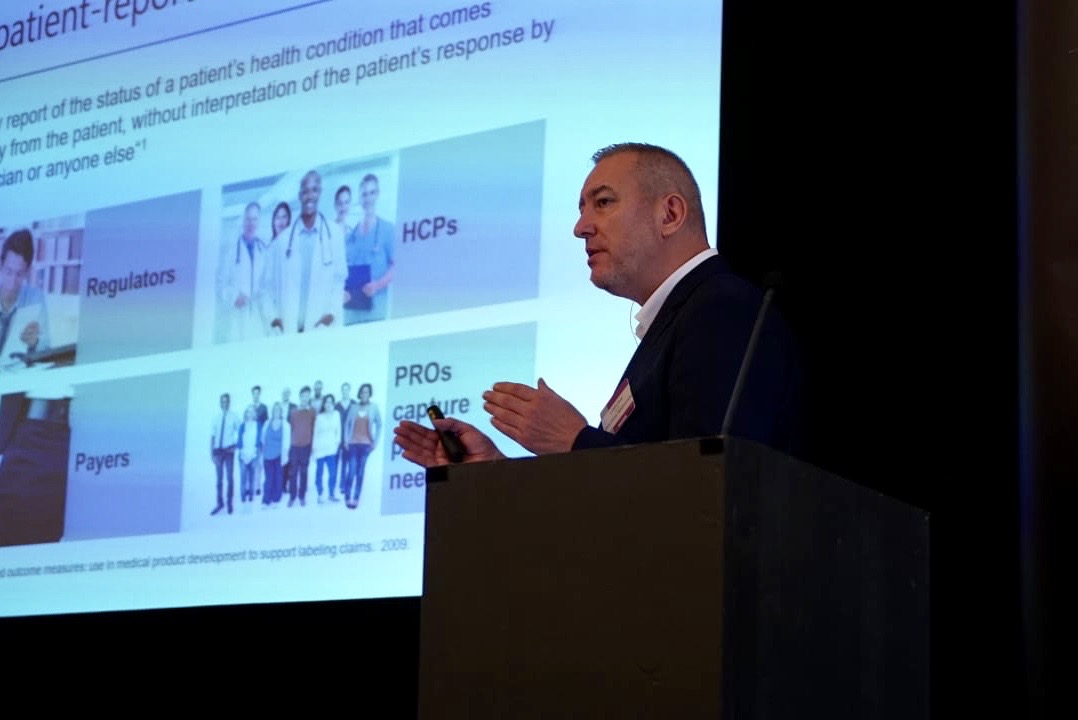Unity Bio's novel pain drug fails in OA. Did they miss out by not using a precision approach?
- mark field

- Aug 18, 2020
- 2 min read
"Unity Biotechnology announced the 12-week results from the Phase 2 study of UBX0101, a p53/MDM2 interaction inhibitor, in patients with moderate-to-severe painful osteoarthritis (OA) of the knee. There was no statistically significant difference between any arm of UBX0101 and placebo at the 12-week endpoint for change from baseline in WOMAC-A, an established measurement of pain in OA. Given these results, UNITY does not anticipate progressing UBX0101 into pivotal studies and will narrow the company’s near-term focus to its ongoing ophthalmologic and neurologic disease programs."
The biotech had created quite a compelling story line for their science which worked by eliminating accumulated senescent cells, which are a fundamental mechanism of aging and a driver of many common age-associated diseases, like OA.

Unfortunately, the Phase 2 data very clearly show no efficacy for this mechanism within this study.
Unity have previously published some data highlighting that senescent synoviocytes are only seen in specific regions of OA patient knees and in a sub-population of patients.

These data quite clearly show subpopulations may be more responsive to treatment, but the key PoC was conducted in a broad patient group, judging by the inclusion criteria in clintrial.gov.
Key Inclusion Criteria:
· Patients who are ambulatory with a diagnosis of OA of the knee and who have baseline pain with a mean of ≥ 4 and ≤ 9 on the 11-point (0-10) average daily pain NRS for at least five of seven days during the Screening period.
· Kellgren-Lawrence grade of 1-4 on a weight-bearing radiograph of target knee.
· Patients aged ≥ 40 and ≤ 85 years.
· Patients are permitted but not required to use an oral NSAID, serotonin and norepinephrine reuptake inhibitors (SNRIs), tramadol, or acetaminophen, provided that they have been taking a stable dose and regimen of medication for at least 4 weeks prior to Screening.
The data are very clearly negative and suggest that the approach of eliminating accumulated senescent cells is not effective for a broad OA patient population.
What the data do not tell us is whether a more precision analgesic approach could have demonstrated efficacy in a suitable subpopulation which may have been identified by Unity’s previous research.
At the time of writing Unity’s share price is down 50% following the publication of these results, demonstrating the impact of negative clinical data.
Considering a precision analgesic approach to patient selection in Phase 2 prior to exploring broad patient groups may help increase the chances of success for new pain therapeutics.
.png)




.png)
Comments